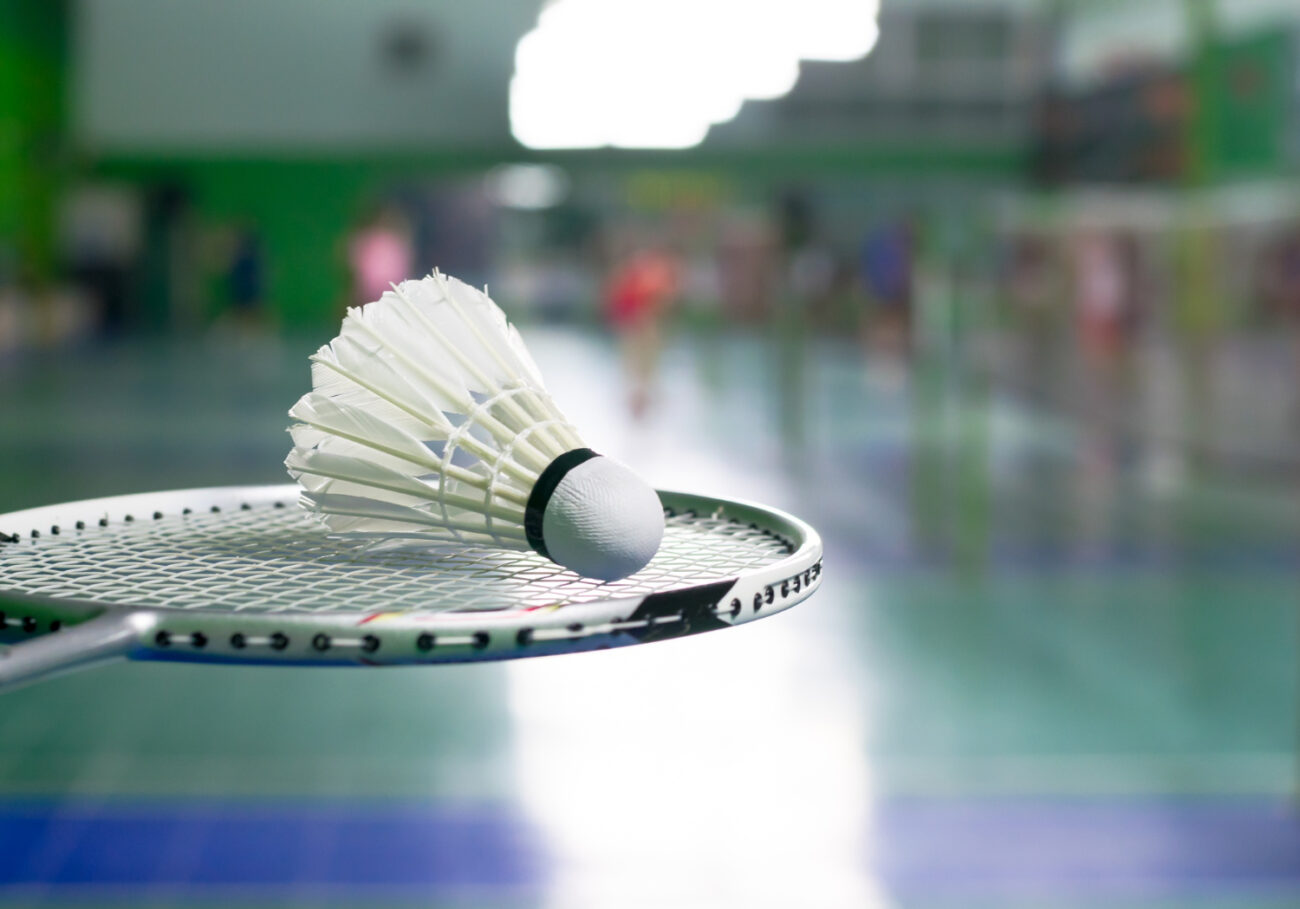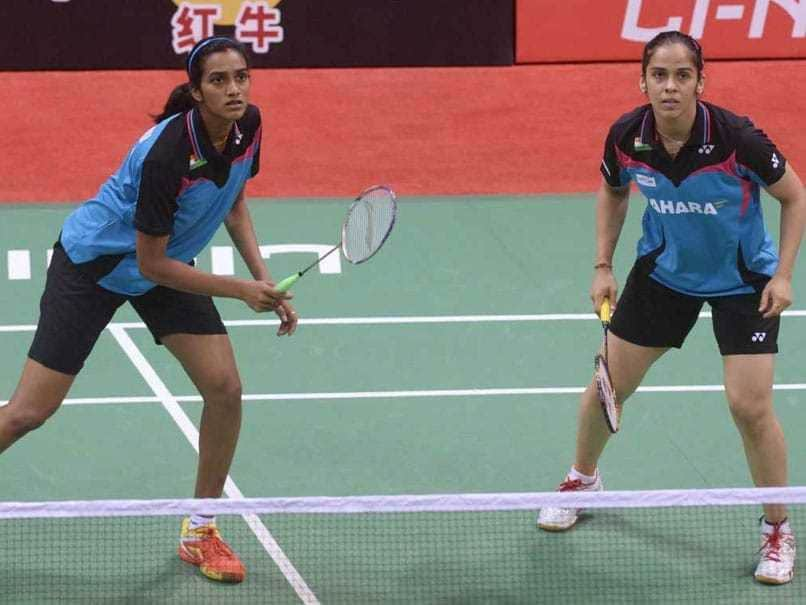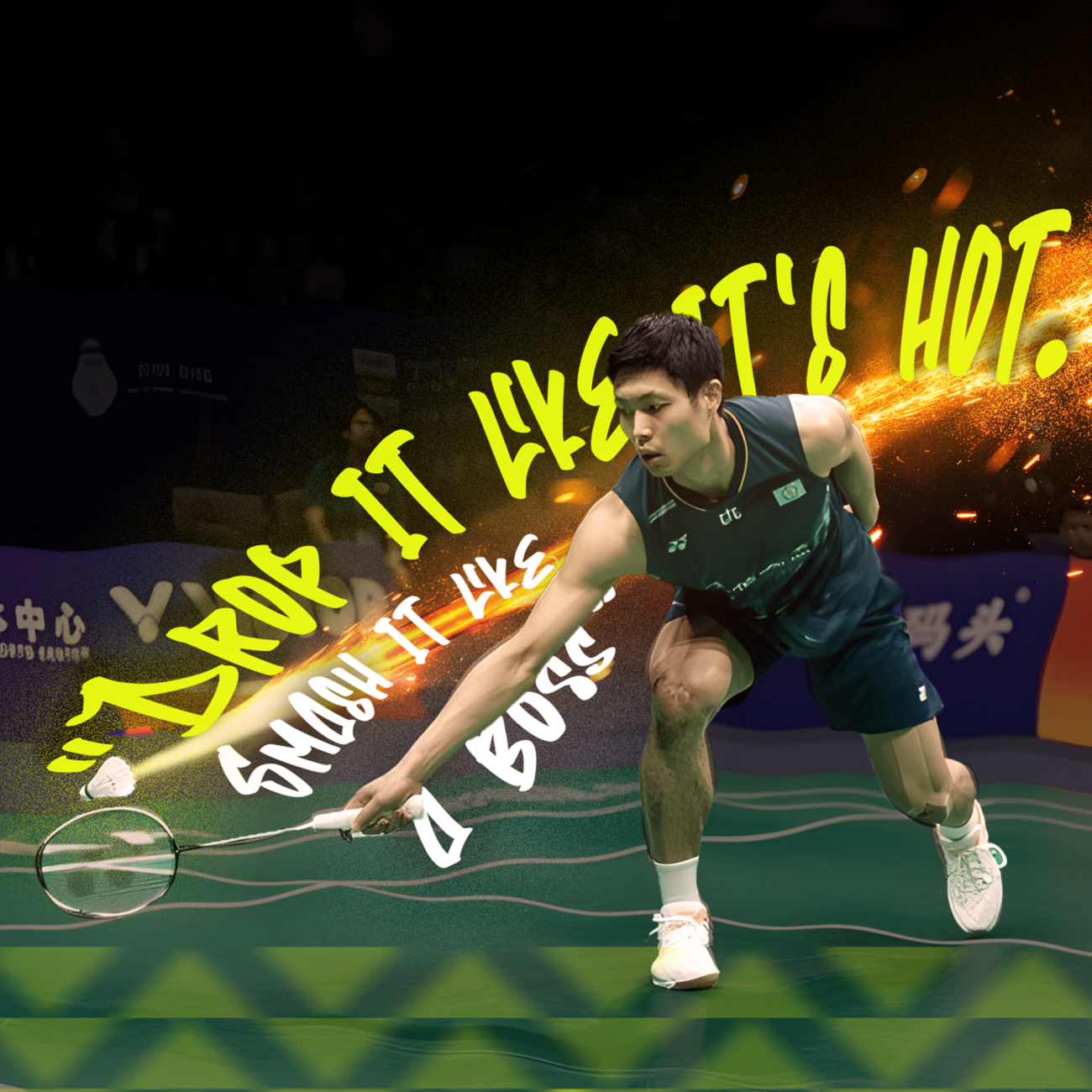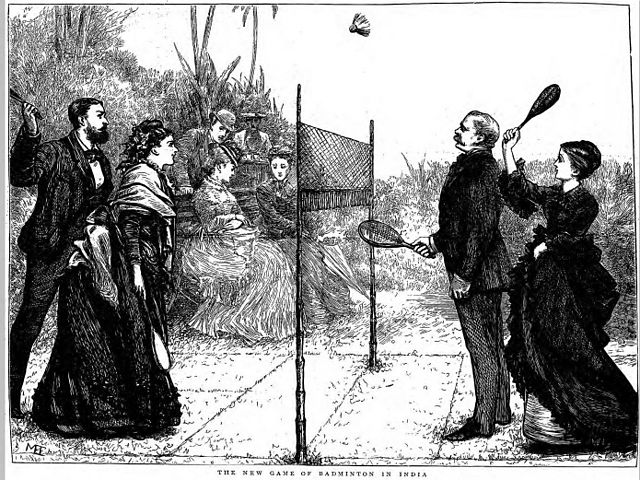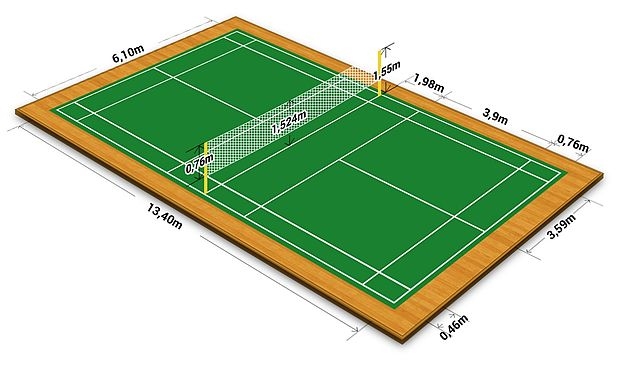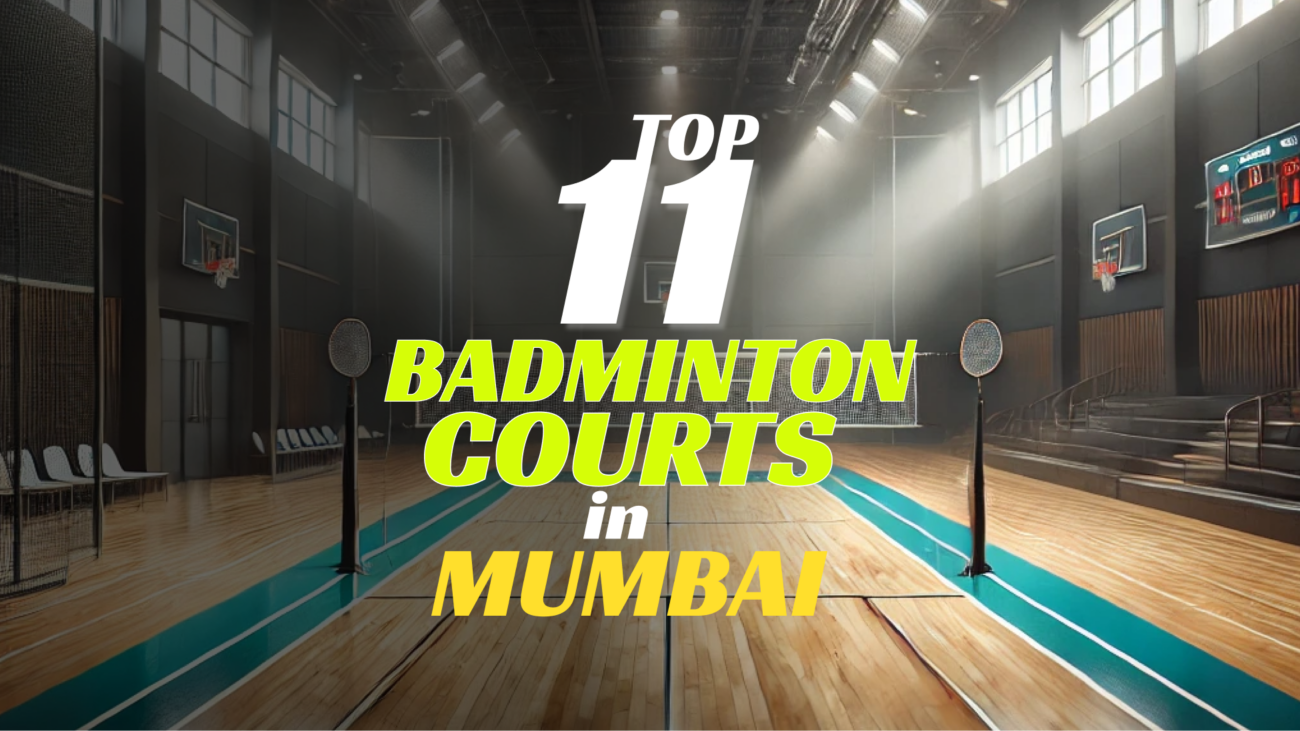Badminton Court Size Lines & Layout: A Comprehensive Guide
Have you ever wondered what is the size of a badminton court? If you are unaware of the layout of the court then you came to the right place. This guide will outline the dimensions of singles and doubles courts and provide essential information. Let’s dive deep into the topic.
A comprehensive guide on the court size and layout of the badminton court
What is the size of a badminton court?
The standard size of a badminton court which is suitable for both singles and doubles play, measures 13.41 meters(44.00 feet) in length and 6.10 meters (20.00 feet) in width. This size is constant across all the levels of play from junior competitions to senior Olympic events, as specified by Badminton World Federation (BWF), which is the badminton’s governing body.
The court is in a rectangular shape which is divided into two halves by a net which is positioned in the center. Most courts feature lines marked for both singles and doubles games.
These lines are drawn typically in white colour or any other that contrasts with the court surface. The lines are 4 centimetres (1.57 inches) wide.
The nets used in the badminton courts are 1.55m (5.09ft) high at the ends and 1.524m (5.00ft) high at the centre. The standard width of the net is always 6.10m.
What size is the badminton singles court?
A badminton singles court has a measurement of 13.41m in length and 5.18m in width. The diagonal distance from one corner to the opposite corner is 14.37m, and the total surface area of the court is 69.46 square metres.
The dimensions of the single badminton court are 44.00ft long and 17.00ft wide in feet. The diagonal length of the court is 47.15ft with a total surface area of 748.00 square feet.
The courts are often designed to play both singles and doubles games.
What size is the badminton doubles court?
A doubles badminton court has a length of 13.41m and a width of 6.10m.
The dimensions of the court are 44.00ft long and 20.00ft wide in feet.
The total surface area of the doubles badminton court is 81.80 square meters, which is equivalent to 880.00 square feet.
How much space do you need for a badminton court?
A standard badminton court has a measurement of 13.4m long and 6.1m wide for doubles play. For singles play, the width is reduced to 5.18m. While considering the space required for a badminton court, you have to get additional clearance around the court for the player’s movement and safety.
Typically it is necessary to leave a surrounding space of 2 feet around the perimeter and at least 3 metres at the ends. Since badminton courts are indoors, it is recommended to have a vertical clearance of 30ft from the ground to avoid any shots hitting the ceiling. For major tournaments, the Badminton World Federation (BWF) specifies a minimum vertical clearance of 39ft (11.88m).
Badminton Court Lines
For grasping the rules of the game understanding the lines on a badminton court is essential. In this, we will outline the dimensions of each line, their placement on the standard doubles badminton court, and their relevance to the sports regulations.
Outer sidelines
The outer sidelines are often called “outer tramlines” or “doubles sidelines”, extending the full length of the court at 13.41m (44.00ft). These sidelines are spaced 5.18m (17.00ft) apart and run parallel to each other. Any shot which lands within the doubles sidelines is deemed “in” or valid for doubles play. Similarly, if the shuttlecock lands outside the sidelines during the doubles match, then it is out of play.
Inner sidelines
The inner sidelines define the width of the court for singles matches, measuring 5.18m (17.00ft) and are positioned 0.46m (1.50ft) inside the outer sidelines. These lines run parallel to the doubles sidelines. Shuttlecock landing outside the inner sidelines is ruled out of the play in singles matches.
Baselines
The baselines are located on the left and right ends of the court. Baselines mark the length of the court and span its full width of 20.00ft (13.41m). If the shuttlecock lands beyond the baseline, then it is considered out of play for both the singles and doubles.
The shuttlecock must land within the single sideline and the baseline on the opponent’s side of the court.
Badminton Service Areas
Doubles back service line
In doubles, the backline of the service area is shorter than the singles. The doubles back service line is 76m from the baseline and runs parallel to it, spanning the full width of the court.
Short service line
The short service line is parallel to the net, which extends from one outer sideline to the other. It is typically marked at a distance of 1.98m (6.50ft) from the net on both sides. It is also located 3.96m from the double back service line and 4.72m from the baseline on each side of the court. In both singles and doubles, a serve must land beyond the short service line to be considered in play.
Centre line
The centre line is a vertical line down the middle of the court, extending from the short service line to the baseline on both sides. It serves as a divider between the left and the right service area.
Single service area
The single service area is long and thin as often described. It extends from the centre line to the inner sideline.
The right service court is the area between the centre line and the right inner sideline, which extends from the short service line to the baseline. The left service court is the space between the centre line and the inner sideline on the left, which also runs from the short service line to the baseline.
Both the left and the right single-serve areas measure 2.59m (8.5ft) in width and 4.72m (15.5ft) in length, resulting in a total surface area of 12.2 square metres.
Double service area
The double-serve area is considered short and wide much opposite to the single-service area. The right service court is defined by the width from the centre line to the outer sideline from the right side of the opponent’s court. The left service court is marked from the centre line to the sideline from the left side of the opponent’s court.
Both the left and the right service areas have a measurement of 3.05m (10ft) wide and 3.96m (13ft) long, and each area has a surface area of 12.08 square metres.
Badminton playing surfaces
What materials are used for badminton courts?
Badminton courts are made from various materials, with major tournaments typically using synthetic surfaces, PVC and PU are majorly used.
Synthetic Badminton courts
Synthetic courts are often recognized as one of the best options to play badminton for several reasons. These surfaces are often installed over wooden floors in indoor sports halls, which provides the utmost safety. They are anti-slip and are softer than wood, which protects your knees from the impact of the jump or diving fall and diving shot.
Wooden Badminton courts
Wooden courts have one drawback they can be slippery during intense matches, while custom-made wooden floors offer some shock absorption, but they require regular polishing and do not provide the same grip as synthetic courts.

